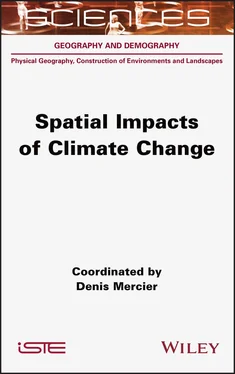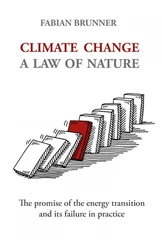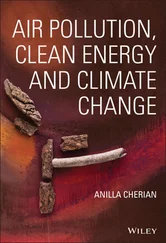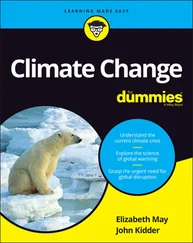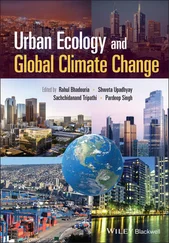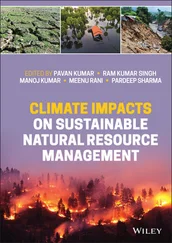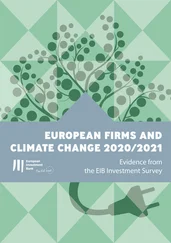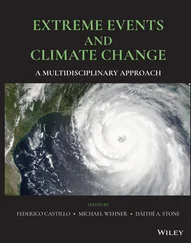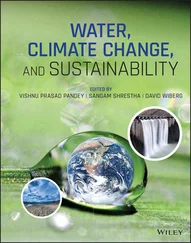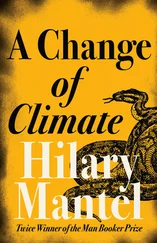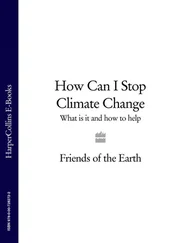Humlum, O., Solheim, J.-E., Stordahl, K. (2011). Spectral analysis of the Svalbard temperature record 1912-2010. Advances in Meteorology , 2011.
IPCC (2014). Climate Change 2014: Synthesis report. Contribution of working groups I, II and III to the fifth assessment report of the Intergovernmental Panel on Climate Change. Report, IPCC, Geneva.
IPCC (2019). Special report on the ocean and cryosphere in a changing climate. [Online]. Available at: https://www.ipcc.ch/srocc.
Khodri, M., Swingedouw, D., Mignot, J., Sicre, M.A., Garnier, E., Masson-Delmotte, V.,
Ribes, A., Terray, L. (2015). Le climat du dernier millénaire. La Météorologie , 88, 36-47.
Lageat, Y. (2019). Les variations du niveau des mers . Presses Universitaires de Bordeaux, Pessac.
Masson-Delmotte, V., Braconnot, P., Kageyama, M., Sepulchre, P. (2015). Qu'apprend-on des grands changements climatiques passés ? La Météorologie , 88, 25-35.
Solheim, J.-E., Stordahl, K., Humlum, O. (2011). Solar activity and Svalbard temperatures. Advances in Meteorology , 2012.
Stoffel, M., Khodri, M., Corona, C., Guillet, S., Poulain, V., Bekki, S., Guiot, J., Luckman, B.H., Oppenheimer, C., Lebas, N., Beniston, M., Masson-Delmotte, V. (2015). Estimates of volcanic-induced cooling in the Northern Hemisphere over the past 1,500 years. Nature Geoscience Letters , 8(10), 784-788.
Toohey, M. and Sigl, M. (2017). Volcanic stratospheric sulfur injections and aerosol optical depth from 500 BCE to 1900 CE. Earth System Science Data , 9, 809-831 [Online]. Available at: https://doi.org/10.5194/essd-9-809-2017.
Toohey, M., Krüger, K., Sigl, M., Stordal, F., Svensen, H. (2016). Climatic and societal impacts of a volcanic double event at the dawn of the Middle Ages. Climatic Change , 136, 401-412.
WMO (2019). The state of greenhouse gases in the atmosphere based on global observations through 2018. Greenhouse Gas Bulletin , 15.
1 1 https://public.wmo.int.fr.
2 2 Zetta: one trilliard (1021) or one thousand trillion, according to the international system of units.
3 3 http://www.climate4you.com/SvalbardTemperatureSince1912.htm.
4 4 Representative Concentration Pathway (RCP), scenario expressed in watts per square meter.
2
Climate Change and the Melting Cryosphere
Denis Mercier
Sorbonne University, Paris, France
Contemporary climate change affects the cryosphere; the thermal changes at stake today are limited compared to the great climatic oscillations that affected the Earth, particularly during the past 2.58 million years of the Quaternary Period. Indeed, the areas concerned, and the volumes of ice are undeniably not of the same order of magnitude. During the great cold periods of the Pleistocene (2,580,000 to 11,700 years ago), the terrestrial cryosphere capitalized on the planet’s land spaces led to an eustatic decrease of around 120 to 130 m in the global ocean. In retrospect, during previous interglacial periods such as the Eemian (128,000 to 116,000 years ago), the temperature was around 3.5°C higher than today’s, which led to a significant melting of the terrestrial cryosphere and a rise in the average sea and ocean level of between 6.6 and 9.4 m above the current level (Lageat 2019). We are now experiencing a few decimeters per century in sea level rise, as a result of the partial melting of what is currently left of the Earth’s cryosphere. However, over the next several centuries, the continued melting of the cryosphere could bring the average sea and ocean level back to the Eemian level average, due in part to the melting of Greenland’s ice. However, the consequences of this current melting of the cryosphere due to warming air temperatures affect all components of the climatic and hydrological mechanics.
Spatial Impacts of Climate Change, coordinated by Denis Mercier. © ISTE Ltd 2021.
2.2. The sensitivity of the cryosphere to climate change
The cryosphere is defined as the cold sphere (from the Greek kruos , the cold), and occurs on Earth in various forms from water to solid ice. These include the two ice sheets in Greenland and Antarctica, icecap glaciers such as Vatnajokull in Iceland, valley and cirque glaciers in mountains at almost all latitudes, permafrost, snow, lake and river ice, and sea ice and icebergs (see Figure 2.1). The cryosphere is thus seasonal (snow) or multi-millennia (ice sheets, permafrost).
According to sources, the cryosphere on Earth occupies more than 36 million km 2, or 24% of the continents. Depending on the season, the marine cryosphere covers between 19 and 28 million km 2, or 5.3 to 7.8% of the ocean surface. The continental cryosphere mainly represents 30.2 million km 3of freshwater, which represents a potential theoretical sea level rise of 74 m (65 m for Antarctica, 7 m for Greenland, 1.1 m for permafrost, 24 cm for mountain glaciers, and less than 1 cm for snow; see Table 2.1 and Francou and Vincent 2011). However, since much of the cryosphere is a multi-millennia legacy, some of its components are not subject to contemporary climate change. For example, the Antarctic continent has been frozen for millions of years, since plate tectonics placed it in a polar orbital position, and a huge part of its 27 million km 3of ice is fortunately unaffected by contemporary warming. However, the sensitivity of the Greenland ice sheet is greater because of its smaller size and its position in the heart of the Arctic, which is particularly affected by current warming (see Chapter 1).
Table 2.1. The components of the cryosphere. The marine cryosphere is not included in this table because the melting of the sea ice does not induce sea level rise
(source: Francou and Vincent 2011)
| Cryosphere component |
Surface area in km2 |
Volume in km3 (water equivalent) |
Sea level equivalent (the surface of the oceans represents 361 million km2) |
| Antarctica |
12.4 million |
27 million |
65 m |
| Greenland |
1.8 million |
2.7 million |
7 m |
| Permafrost |
23 million |
0.24 million |
1.1 m |
| Mountain glaciers |
0.43 million |
0.08 million |
0.24 m |
| Snow |
4 to 46 million |
500 to 5000 |
0.1 to 1 cm |
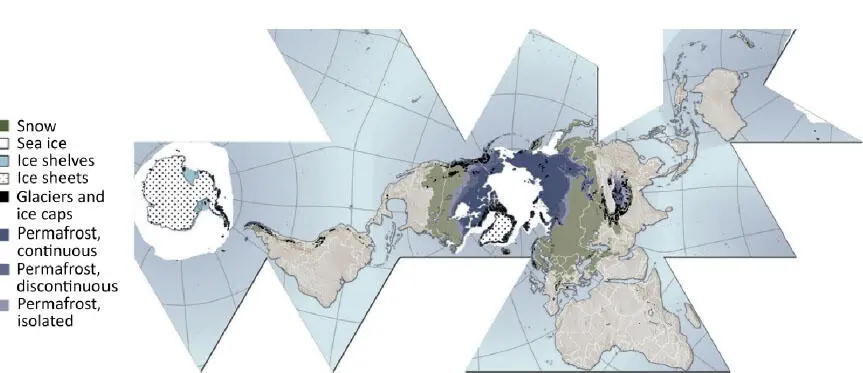
Figure 2.1. Extension of the cryosphere. For a color version of this figure, see www.iste.co.uk/mercier/climate.zip
(source: © Hugo Ahlenius, UNEP/GRID-Arendal)
The cryosphere is highly sensitive to climate change for two physical reasons. The first is the increase in surface air and seawater temperatures, which induces a transition from solid to liquid state. The second reason is correlated with the increase in air temperatures, which induces a decrease in solid (snowy) precipitation, which contributes to a reduction of the mass balance of glaciers of all sizes.
Moreover, the cryosphere is sensitive to the fundamental role played by albedo. The bright surfaces of the marine and terrestrial cryosphere reflect a significant proportion of solar radiation (see Chapter 1). Snow reflects 75-95% of the sun's energy, glaciers 40-60%. The reduction of these areas with a high albedo potential automatically leads to an increase in areas that absorb more solar radiation and, through a positive feedback loop, contribute to the warming of the lower layers of the atmosphere.
Читать дальше
